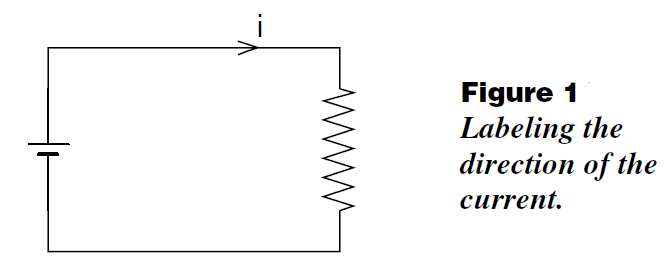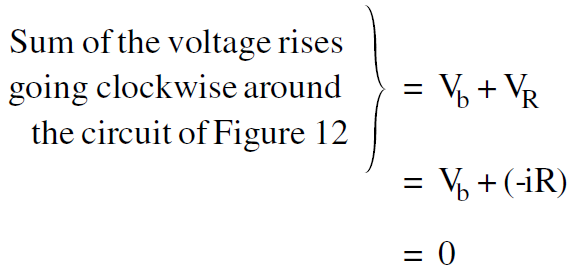
تاريخ الفيزياء

علماء الفيزياء


الفيزياء الكلاسيكية

الميكانيك

الديناميكا الحرارية


الكهربائية والمغناطيسية

الكهربائية

المغناطيسية

الكهرومغناطيسية


علم البصريات

تاريخ علم البصريات

الضوء

مواضيع عامة في علم البصريات

الصوت


الفيزياء الحديثة


النظرية النسبية

النظرية النسبية الخاصة

النظرية النسبية العامة

مواضيع عامة في النظرية النسبية

ميكانيكا الكم

الفيزياء الذرية

الفيزياء الجزيئية


الفيزياء النووية

مواضيع عامة في الفيزياء النووية

النشاط الاشعاعي


فيزياء الحالة الصلبة

الموصلات

أشباه الموصلات

العوازل

مواضيع عامة في الفيزياء الصلبة

فيزياء الجوامد


الليزر

أنواع الليزر

بعض تطبيقات الليزر

مواضيع عامة في الليزر


علم الفلك

تاريخ وعلماء علم الفلك

الثقوب السوداء


المجموعة الشمسية

الشمس

كوكب عطارد

كوكب الزهرة

كوكب الأرض

كوكب المريخ

كوكب المشتري

كوكب زحل

كوكب أورانوس

كوكب نبتون

كوكب بلوتو

القمر

كواكب ومواضيع اخرى

مواضيع عامة في علم الفلك

النجوم

البلازما

الألكترونيات

خواص المادة


الطاقة البديلة

الطاقة الشمسية

مواضيع عامة في الطاقة البديلة

المد والجزر

فيزياء الجسيمات


الفيزياء والعلوم الأخرى

الفيزياء الكيميائية

الفيزياء الرياضية

الفيزياء الحيوية

الفيزياء العامة


مواضيع عامة في الفيزياء

تجارب فيزيائية

مصطلحات وتعاريف فيزيائية

وحدات القياس الفيزيائية

طرائف الفيزياء

مواضيع اخرى
Application of Kirchoff’s Law
المؤلف:
E. R. Huggins
المصدر:
Physics 2000
الجزء والصفحة:
665
19-12-2020
2080
Application of Kirchoff’s Law
There are some relatively standard, cookbook like procedures that make it easy to apply Kirchoff’s law to the analysis of circuits. The steps in the recipe are as follows:
(1) Sketch the circuit and use arrows to show the direction of the positive current in each loop as we did in Figure (1). Do not be too concerned about getting the correct direction for the current i. If you have the

arrow pointing the wrong way, then when you finish solving the problem, i will turn out to be negative.
(2) Label all the voltage rises in the circuit. Use arrows to indicate the direction of the voltage rise as we did in Figure (2). Note that if we go through the resistor in the direction of the current, we get a voltage drop. Therefore the arrow showing the voltage rise in a resistor must point back, opposite to the direction of the

current i in the resistor. (The analogy is to a rock strewn waterfall where the water loses hydrodynamic voltage as it flows down through the rocks. The direction of the voltage rise is back up the waterfall, in a direction opposite to that of the current.)
(3) The final step is to “walk” around the loop in the direction of i (or any direction you choose), and set the sum of the voltage rises you encounter equal to zero. If you encounter an arrow that points in the direction you are walking, it counts as a positive voltage rise (like Vb in Figure 2). If the arrow points against you (like VR ), then it is a negative rise. Applying this rule to Figure (2) gives
 ........(1)
........(1)
Equation (1) gives
i = Vb/R
 الاكثر قراءة في الكهربائية
الاكثر قراءة في الكهربائية
 اخر الاخبار
اخر الاخبار
اخبار العتبة العباسية المقدسة

الآخبار الصحية















 قسم الشؤون الفكرية يصدر كتاباً يوثق تاريخ السدانة في العتبة العباسية المقدسة
قسم الشؤون الفكرية يصدر كتاباً يوثق تاريخ السدانة في العتبة العباسية المقدسة "المهمة".. إصدار قصصي يوثّق القصص الفائزة في مسابقة فتوى الدفاع المقدسة للقصة القصيرة
"المهمة".. إصدار قصصي يوثّق القصص الفائزة في مسابقة فتوى الدفاع المقدسة للقصة القصيرة (نوافذ).. إصدار أدبي يوثق القصص الفائزة في مسابقة الإمام العسكري (عليه السلام)
(نوافذ).. إصدار أدبي يوثق القصص الفائزة في مسابقة الإمام العسكري (عليه السلام)


















